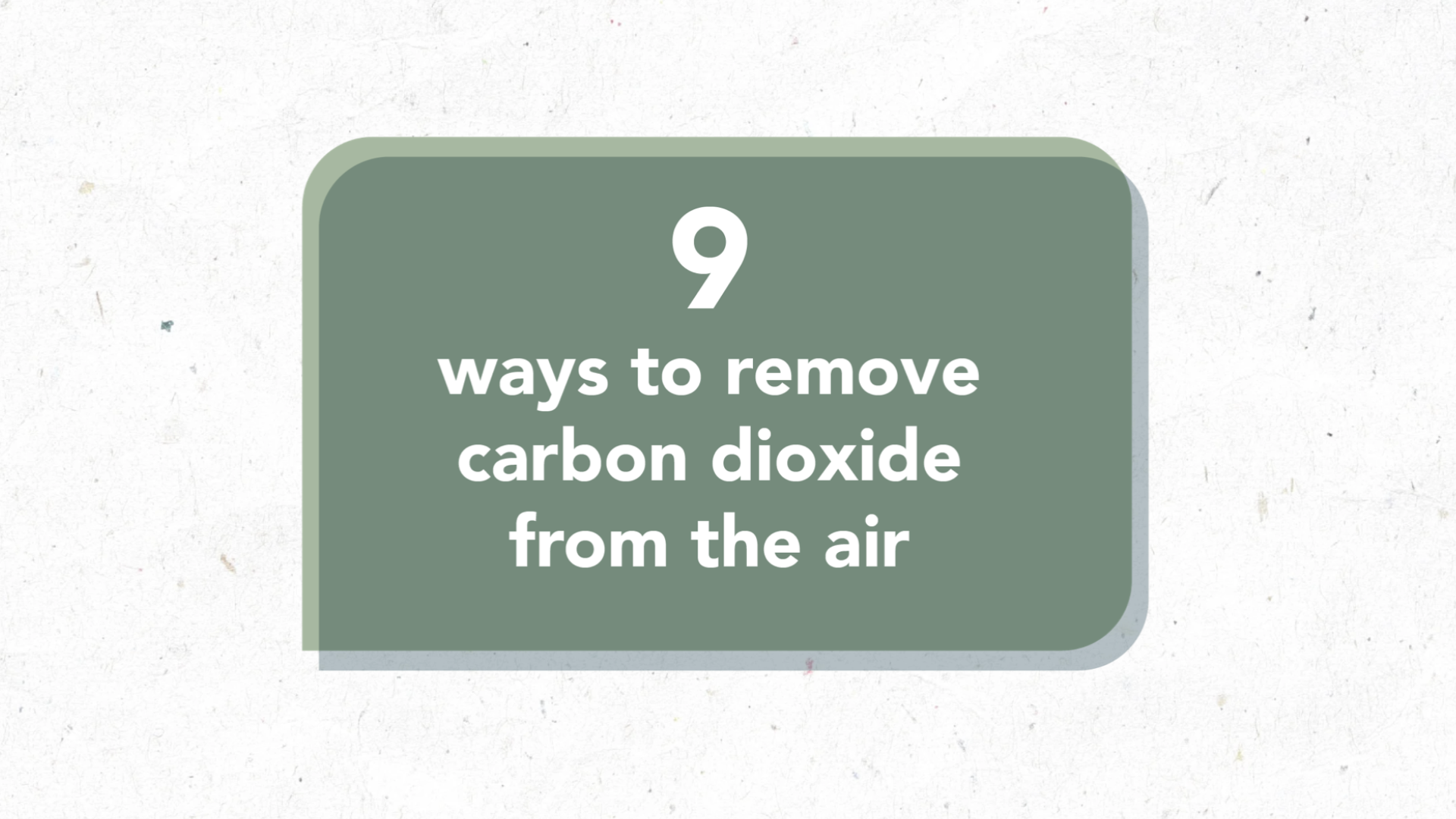Harry Smith is a Leverhulme Trust Doctoral Scholar at the University of East Anglia, focusing on the governance of Greenhouse Gas Removal within national and global climate policy. Previously, Harry has worked as a climate consultant, working with governments on the creation and management of greenhouse gas inventories for reporting to the UNFCCC, including the UK’s National Atmospheric Emission Inventory (NAEI).
How did you first come across GGR?
I must admit I stumbled into GGR as a research focus. I was wading through emissions calculations and climate policies as a consultant, trying to find a way to get into designing the policies themselves, instead of writing reports on their impacts. I figured an overlooked or contentious aspect of climate policy would do just that. A position had just been advertised at the University of East Anglia on GGR, which fitted the bill, and I jumped at the chance.
Climate as a thread to my career has a longer backstory. My parents met whilst working at the coal power station near to where I grew up, my older brother was fascinated with electronics and later nuclear power, and I grew interested in greenhouse gas emissions after a winding route through the environmental sciences. Climate and energy have been a constant backdrop throughout my early years, following me into my current career.
Who inspired you when you were looking to get into the industry?
In the day-to-day, Dr Nem Vaughan and Dr Johanna Forster, my collaborators and supervisors to my PhD research. Both Nem and Johanna represent the research GGR needs, drawing from expertise in modelling, policy, and the wider social sciences. In the wider climate space, Dr Chris Dore, one of the founders and directors of Aether, the air quality and climate change consultancy. Chris gave me my first ‘real’ job as a consultant at Aether, back then packed into a small office in Oxford. Chris taught me that I could make a career out of my degree, alongside the soft skills that come in handy in research and life.
What aspect within your role now is motivating you?
In my research I focus on the governance of GGR in national plans and policies, forming some of the early efforts to track future planned deployment. Now we see larger efforts towards tracking, such as the State of Carbon Dioxide Removal Report. These efforts show there’s a lot of progress to be made, but that it’s also worth tracking, there’s enough activity and plans that it’s worth the effort. We also see a consensus emerging, albeit a loose one, on the role and extent of GGR. I think these are signs that GGR is entering a new policy phase, bringing with it more challenges, but also a lot more momentum. National governments are now moving from target to practice, providing policies and incentives for CDR, beyond the ‘model land’ of the IPCC.
Where do you see the biggest gaps and need for further resources?
One of the key uncertainties regarding GGR deployment is the scale needed. Given that in practice, this will be driven by national net zero targets and so-called ‘hard-to-abate’ residual emissions, GGR developers and researchers need to be interested in the positive side of the emission curve, not just the scale of the negative emissions prescribed by integrated assessment models. What GGR compensates for within an economy will determine many things, from the right policies to public perception.
A persistent worry is temperature overshoot, and how this might reshape climate politics and GGR policy. Countries such as Sweden, Denmark, Germany, and Iceland have stated an intention to go net-negative after net zero. Countries like India have premised their climate policy on historic emitters reaching net zero sooner and net-negative shortly after. Such moves are likely to rekindle long-held tensions within the UNFCCC around the notion of carbon debt, equity, and the role of international carbon markets. We need to be alert to this looming debate.
What advice would you give someone looking to get into GGR?
If you have the habit of purchasing far too many books, as I do, there’s some great books now published on GGR. Wake Smith’s ‘Pandora’s Toolbox’, Eeclo J. Rohling’s ‘Rebalancing our Climate’, and Ina Mӧller’s ‘The Emergence of Geoengineering’ are all detailed but accessible works covering GGR. Ina Mӧller’s is particularly worthwhile as it speaks to the history of GGR as a field, describing how GGR came to be and how it became increasingly separated from the more controversial label of ‘Geoengineering’.
Can you describe your 2050 vision for GGR?
In 2050, GGR fulfils the ‘last-mile’ of many net zero targets, the final hurdles of decarbonisation. Policies are in place that connect those residual hard-to-abate emissions to negative emissions from GGR, likely through emission trading systems, such as those in the UK or EU, or quota obligations where these carbon markets are absent and remain so. Many of the hard-to-abate sectors have been largely decarbonised, through new fuels or processes, efforts that have only recently begun in earnest. GGR has been deployed in a manner that recognises the value of demand reductions elsewhere in the economy, such as the land spared from dietary shifts or material efficiencies from new building standards.





